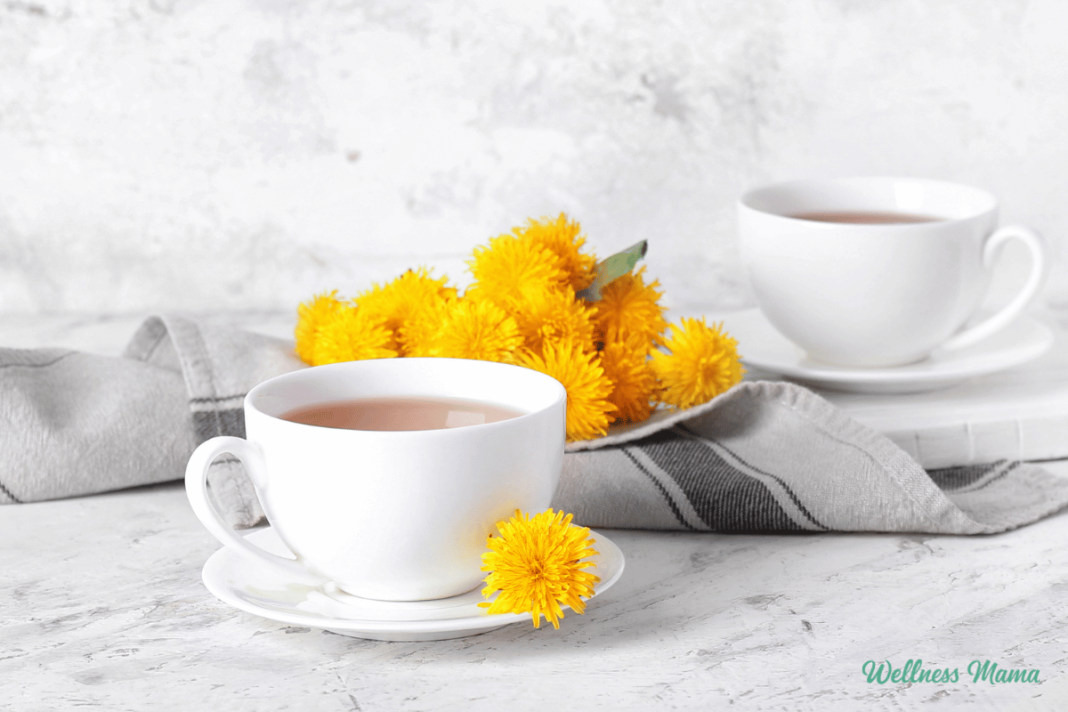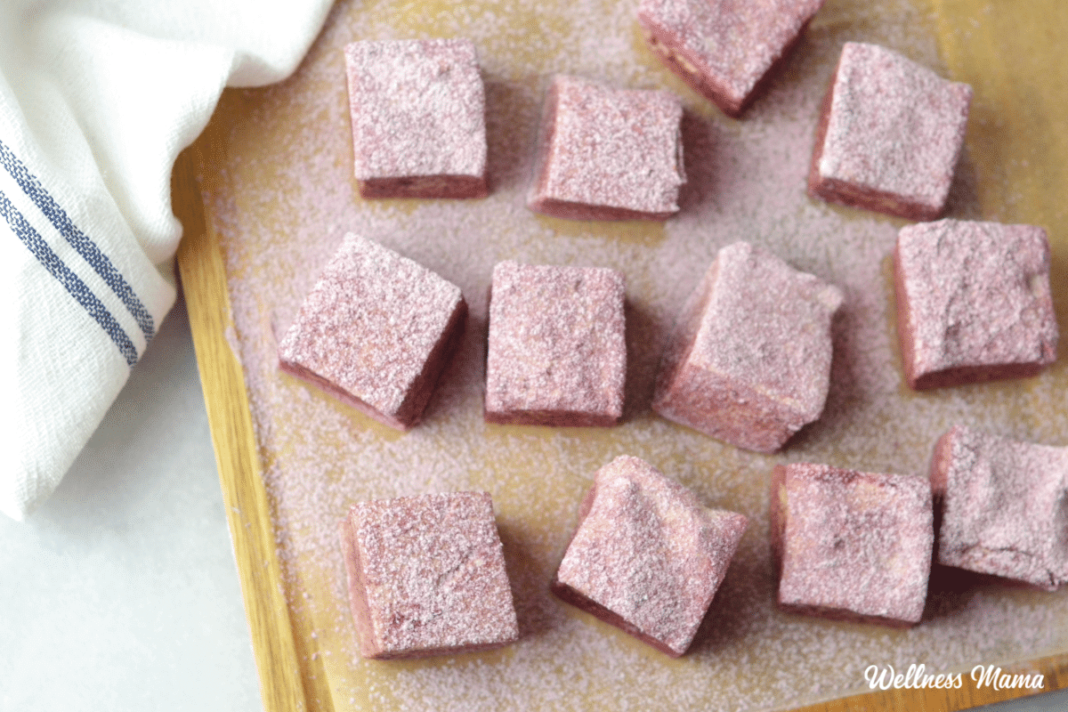Our bodies are complex systems that work tirelessly to maintain balance and function, and key to this process is the liver and gallbladder. These organs play crucial roles in digestion, detoxification, and overall well-being. However, factors like poor diet, stress, toxins, and environmental pollutants can put a strain on these vital organs. As a result, many people turn to liver and gallbladder cleanses to help detoxify and rejuvenate these organs, aiming for better health and vitality.
A liver and gallbladder cleanse is a natural way to support the body’s detox process, helping to eliminate harmful toxins, improve digestion, and boost energy levels. But is it really effective? And how can you safely and effectively cleanse these organs? Let’s explore the process of cleansing and the potential benefits it offers.
Understanding the Role of the Liver and Gallbladder
Before jumping into the cleanse, it’s important to understand the key functions of the liver and gallbladder. The liver is the body’s primary detoxifying organ. It filters out toxins from the bloodstream, metabolizes fats, and produces bile, which is essential for digestion. The gallbladder, a small organ located beneath the liver, stores and concentrates bile, releasing it into the small intestine when needed to help break down fats in the digestive process.
When these organs become overburdened by a poor diet, environmental toxins, or other stressors, they can struggle to perform these functions optimally. This can lead to symptoms like digestive discomfort, fatigue, skin issues, and even mood disturbances.
Why Consider a Liver and Gallbladder Cleanse?
A liver and gallbladder cleanse is a way to give these organs a break, reduce their toxic load, and restore balance to the body. While the liver is naturally adept at detoxifying, it can become sluggish over time due to excessive consumption of processed foods, alcohol, and toxins. A cleanse helps to promote liver function, encourage bile production, and flush out waste products.
The gallbladder, on the other hand, can develop issues like gallstones, which can obstruct bile flow and lead to pain and digestive problems. A cleanse may help support the gallbladder in releasing accumulated toxins and fats, potentially reducing the risk of gallstones and other related issues.
Signs You Might Need a Liver and Gallbladder Cleanse
While some people choose to do a cleanse as a preventive measure, others may seek it out if they experience certain symptoms that suggest liver or gallbladder dysfunction. These symptoms can include:
- Digestive issues: Bloating, indigestion, or constipation.
- Skin problems: Acne, eczema, or rashes.
- Fatigue: Low energy or feeling sluggish.
- Frequent headaches: Especially after meals.
- Food cravings: Particularly for fatty or sugary foods.
- Unexplained weight gain: Even with a healthy diet and exercise routine.
- Mood swings: Irritability or feelings of depression.
- Dark circles under the eyes: A sign of liver stress.
If any of these symptoms sound familiar, a liver and gallbladder cleanse might be a helpful approach to reset your digestive system and support overall health.
How to Safely Perform a Liver and Gallbladder Cleanse
There are various methods to perform a liver and gallbladder cleanse, ranging from simple dietary changes to more intensive cleansing protocols. The key is to use gentle, natural approaches that promote detoxification without putting unnecessary strain on your body. Here’s how you can begin:
1. Hydrate with Lemon Water
Start your day by drinking a glass of warm water with freshly squeezed lemon juice. Lemon water helps stimulate bile production in the liver and encourages the natural detox process. It also alkalizes the body, which can be particularly beneficial for digestive health.
2. Incorporate Liver-Supportive Foods
Certain foods can naturally support liver and gallbladder health. Include these liver-loving foods in your diet to promote cleansing:
- Leafy Greens: Kale, spinach, and arugula help to stimulate bile production and support liver detoxification.
- Beets: Rich in antioxidants, beets help cleanse the liver and support overall digestion.
- Turmeric: This anti-inflammatory spice can help detoxify the liver and reduce liver inflammation.
- Citrus Fruits: Oranges, grapefruits, and lemons are high in vitamin C, which supports liver function and bile production.
- Artichokes: Known for their ability to promote bile flow and aid in fat digestion.
3. Increase Fiber Intake
Fiber plays an essential role in digestion by promoting regular bowel movements and helping to eliminate toxins from the body. Incorporate fiber-rich foods like fruits, vegetables, and whole grains into your diet to support the cleansing process.
4. Take Milk Thistle Supplements
Milk thistle is a well-known herb that supports liver health. It contains silymarin, an antioxidant that helps protect the liver from damage and promotes the regeneration of liver cells. Many people take milk thistle supplements during a cleanse to help reduce liver stress and enhance detoxification.
5. Castor Oil Packs
Castor oil has been used for centuries to promote detoxification and improve circulation. A castor oil pack placed over the liver area can help stimulate the liver and gallbladder, reduce inflammation, and promote the elimination of toxins. To use a castor oil pack, soak a piece of cloth in castor oil and apply it to your liver area, then cover it with plastic wrap and a warm towel. Leave it on for 30 to 60 minutes to reap the benefits.
6. Cleanse with Apple Cider Vinegar
Apple cider vinegar (ACV) is a popular natural remedy that helps balance pH levels in the body and supports liver function. Drinking a tablespoon of ACV in a glass of water before meals can aid digestion, improve bile production, and promote detoxification. Be sure to dilute the vinegar to avoid irritation of the throat or stomach lining.
7. Consider a Gallbladder Flush
A more intensive approach to a liver and gallbladder cleanse is a gallbladder flush. This method typically involves drinking a mixture of olive oil and grapefruit juice, which is thought to help break down gallstones and stimulate the release of bile. However, it’s essential to consult with a healthcare professional before attempting a gallbladder flush, as it may not be suitable for everyone, especially those with existing gallbladder problems.
After the Cleanse: Maintaining Liver and Gallbladder Health
Once your cleanse is complete, maintaining liver and gallbladder health is crucial for long-term well-being. To support these organs, continue to eat a nutrient-rich diet, stay hydrated, avoid overindulgence in alcohol or processed foods, and engage in regular physical activity. Incorporating detoxifying habits into your lifestyle—such as consuming antioxidant-rich foods and staying active—can help prevent future buildup of toxins and keep your body functioning at its best.
Conclusion
A liver and gallbladder cleanse can be a powerful way to support detoxification, improve digestion, and promote overall health. By incorporating liver-friendly foods, hydrating with lemon water, and using herbs like milk thistle, you can give your body the support it needs to detoxify naturally and effectively. However, always consult with a healthcare professional before starting any cleanse to ensure it’s right for you.
Ultimately, the key to a successful cleanse is consistency and a commitment to supporting your body’s natural detox processes. By making small, sustainable changes to your diet and lifestyle, you can enjoy the lasting benefits of a healthy, rejuvenated liver and gallbladder.





